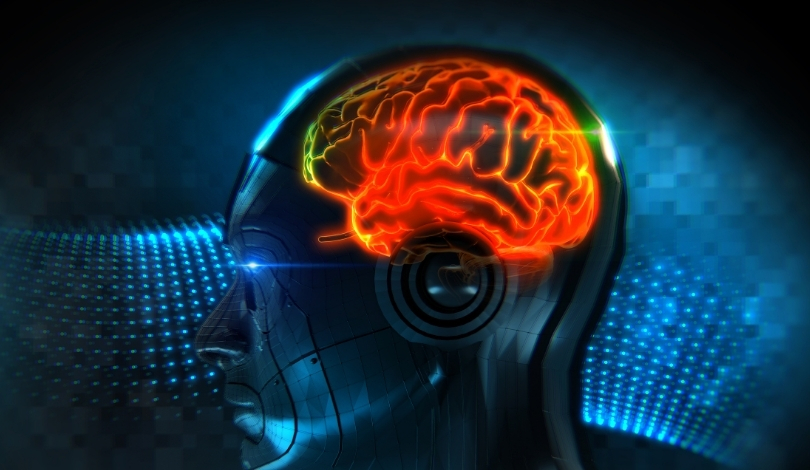Uber is set to introduce a new pilot program in the United States that enables drivers and couriers to earn additional income by completing digital tasks for artificial intelligence projects during idle periods. Instead of simply waiting for ride requests or vehicle charging, Uber’s workforce will have the opportunity to contribute to AI model training by performing data-labeling activities directly through the Uber Driver app. This development provides a new approach for gig workers to supplement their earnings and reflects shifting dynamics within the digital labor market.
Similar initiatives in digital data annotation have been implemented by companies such as Scale AI and Surge AI, with varied structures for distributing tasks. Data labeling, previously handled by independent contractors outside the Uber app, now transitions inside Uber’s ecosystem, modifying the traditional gig work structure. Compared to earlier deployments in other regions, Uber’s ongoing expansion into AI-related gig tasks integrates new opportunities directly for those already participating in the platform. Competing brands like xAI and Aurora have historically relied on outside labeling services, but Uber is leveraging its established driver network to fulfill similar needs internally.
What Tasks Will Drivers and Couriers Complete?
Through the pilot, drivers and couriers can opt to complete various digital tasks such as uploading receipts or menus, submitting daily-life images, and recording audio samples. Uber’s AI Solutions Group, formed in November, oversees this project and serves clients like Aurora, Niantic, and Luma AI. Assignments are accessible within the app only when the worker is not actively driving or delivering, which clearly separates these digital tasks from transportation duties.
How Has Uber Tested and Announced the Program?
Uber has already trialed this program in over twelve Indian cities, calling the early results “very promising,” according to Megha Yethadka, the company’s global head of Uber AI Solutions. Drivers see the expected pay and estimated time before accepting any task, giving them clarity and choice about their involvement. The program’s formal announcement took place at Uber’s annual Only on Uber event, an occasion designed to bring forward new features based on user input.
What Other Features Did Uber Introduce at Its Annual Event?
At the event, Uber also revealed a series of updates driven by feedback from drivers and couriers. These include a demand heat map, a trip filter based on rider ratings, and a delayed-ride guarantee with extra payment for unexpected waiting times. In addition, Uber’s women rider preference feature—allowing female drivers to accept only female passengers—will see expanded deployment, a function reportedly used on over 150 million rides.
“Drivers have asked for more ways to earn, even when they’re not on the road,”
stated Uber CEO Dara Khosrowshahi, explaining the rationale behind this initiative. The collaboration between Uber’s existing network and enterprise data clients represents a shift towards what Khosrowshahi calls
“knowledge work” for gig workers in the AI era.
The strategy seeks to address concerns about the evolving roles of drivers as automation advances within the industry.
This program signals a move to integrate gig workers into digital tasks that directly support AI systems for enterprise customers, setting Uber apart from companies still reliant on external contractors. For drivers, it offers a concrete way to boost earnings during quiet hours without leaving Uber’s platform. As AI demands more varied and high-quality data, such in-app tasks can provide reliable labor while giving platform workers new sources of income. Those following the gig economy may observe how other firms adapt this approach, and drivers are encouraged to carefully review pay rates and time requirements to maximize their participation benefits.










